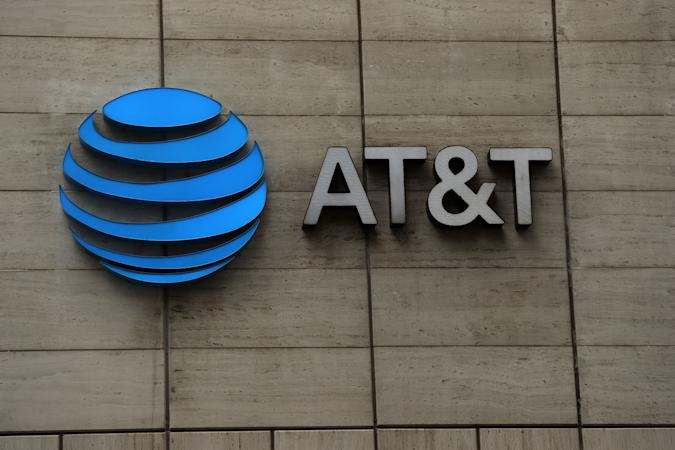Research: US prefers fibre internet when available
June 5, 2024

The US fibre rollout may be slow and concentrated in urban areas, but it’s customers’ preferred choice when available.
Fibre internet service providers (ISPs) outshine non-fiber ISPs 76 to 68 (out of 100) for customer satisfaction, per the American Customer Satisfaction Index (ACSI) Telecommunications Study 2024. Yet, although fibre remains the top broadband choice, 5G has emerged as a viable alternative.
“5G satisfaction scores were on par with fiber in some regions, suggesting wireless technology is stepping up to deliver the high-speed experience customers expect,” commented Forrest Morgeson, Associate Professor of Marketing at Michigan State University and Director of Research Emeritus at the ACSI. “Continued growing demand for connectivity underscores the need for both fibre buildouts and robust 5G networks to reach more communities nationwide.”
Along with fibre and non-fibre ISPs, the ACSI Telecommunications Study includes video streaming service and subscription TV service.
AT&T Fibre again tops all ISPs, but Verizon Fios is in hot pursuit
Despite remaining near the bottom of approximately 40 industries measured by the ACSI, overall customer satisfaction with ISPs improves 4 per cent to 71, thanks to gains for both fiber and non-fibre providers.
Amid revenue growth, AT&T Fiber again leads fibre ISPs with an ACSI score of 80 (unchanged). Several fibre ISPs land within three to four points of the leader, including the group of smaller ISPs and Verizon Fios (both up 3 per cent to 77).
While most fibre ISPs maintain or improve customer satisfaction compared to a year ago, CenturyLink Fiber is the exception, dropping 3 per cent to 76 — the same score as Frontier Fiber (up 3 per cent) and Google Fiber (unchanged). Those three providers are just ahead of Xfinity Fiber (up 3 per cent to 75). Meanwhile, Kinetic Fiber by Windstream and Optimum Fiber make their ACSI debut on the bottom end, with scores of 72 and 66, respectively.
The two non-fibre, 5G providers, T-Mobile 5G Home Internet (up 4 per cent to 76) and ACSI newcomer Verizon 5G Home Internet (74), lead the segment. AT&T Internet is next despite falling 4 per cent to 69. Cox and Spectrum both surge 6 per cent to 68.
Optimum sees one of the largest increases in customer satisfaction among ACSI companies this year, gaining 9 per cent to an ACSI score of 63. Xtream falters 6 per cent to 61, but that’s nothing compared to last-place Kinetic by Windstream, which plummets 20 per cent to an ACSI score of 56.
Prime Video leads video streaming services, which hit record high
Video streaming customer satisfaction climbs 3 per cent to an all-time high ACSI score of 79.
Prime Video moves into sole possession of first place after improving 3 per cent to 82. The highest-rated video streaming service earns praise for its original programming, mobile app, and performance and reliability. Peacock (up 1 per cent) and YouTube Premium (up 3 per cent) are next at 80 apiece.
Four streamers — Apple TV+ (up 4 per cent), Hulu (up 1 per cent), Netflix (up 1 per cent), and Sling TV (up 4 per cent) — score 79, while Max (up 1 per cent) and Paramount+ (unchanged) are at 78. Hulu + Live TV, last year’s industry co-leader, drops 4 per cent to meet Disney+ (up 1 per cent) at an ACSI score of 77.
The smaller streamers (up 1 per cent) and a stable YouTube TV tie with a score of 76. ESPN+ and Crackle, which offers free ad-supported service, climb 4 per cent and 7 per cent, respectively, to meet at 75 — a few points ahead of last-place DirecTV Stream, unchanged at 72.
Crackle’s substantial improvement signals that cost may start playing a larger role in the marketplace. After all, Gen Z and millennials already feel they are spending too much on streaming services. Fifty-eight per cent of respondents of a Harris Poll (on behalf of Tubi) reveal they would rather watch ads than pay more for ad-free streaming, while 71 per cent of Gen Z and millennials confess to canceling memberships that require a premium to gain more access.
Verizon Fios in control of subscription TV service industry
Despite losing subscribers for the 13th consecutive year, customer satisfaction for subscription TV service remains relatively steady, up 1 per cent to an ACSI score of 70.
Verizon Fios leads the way after improving 1 per cent to 75. Frontier Communications sits in second place despite slipping 1 per cent to 71. Cox and Xfinity climb 5 per cent and 3 per cent, respectively, to meet at 69.
Optimum, which improves 3 per cent, still finishes last with an ACSI score of 62.
The overall subscription TV industry improves across most aspects of the subscriber experience. The range of sports programming is a strength for the industry relative to video streaming services. However, satisfaction with call centres is one area that significantly lags other aspects of the customer experience.
Cord cutting is still in vogue … and picking up steam
ACSI also provides satisfaction results for four customer segments — cord-stacker (81), cord-shaver (79), cord-cutter (79), and cord-never (77) — within the video streaming and subscription TV industries.
While the percentage of people in each category is roughly stable from last year, satisfaction scores for cord-cutters and cord-nevers show the most improvement.
“As more people embrace streaming options over bundled cable packages, this trend suggests that consumers are finding greater value in à la carte streaming services that let them customise their entertainment experiences,” added Morgeson. “Streaming bundles, for example, are popping up left and right, offering customers even more ways to consume the content they desire. It will be important for cable providers to adapt to these changing viewing habits and preferences.”
